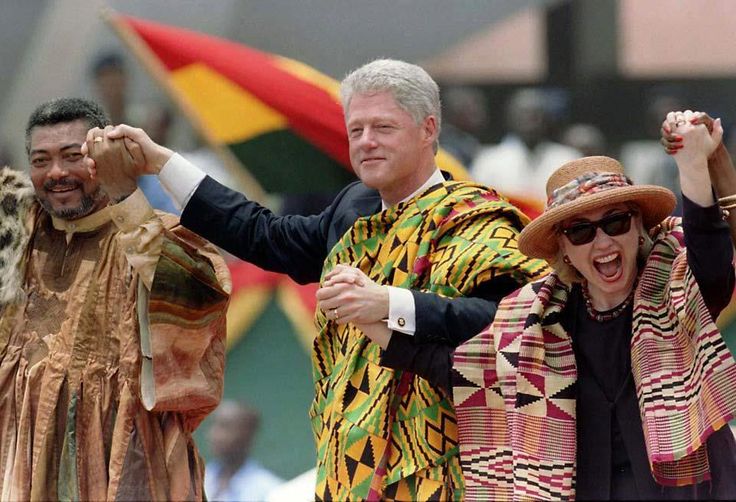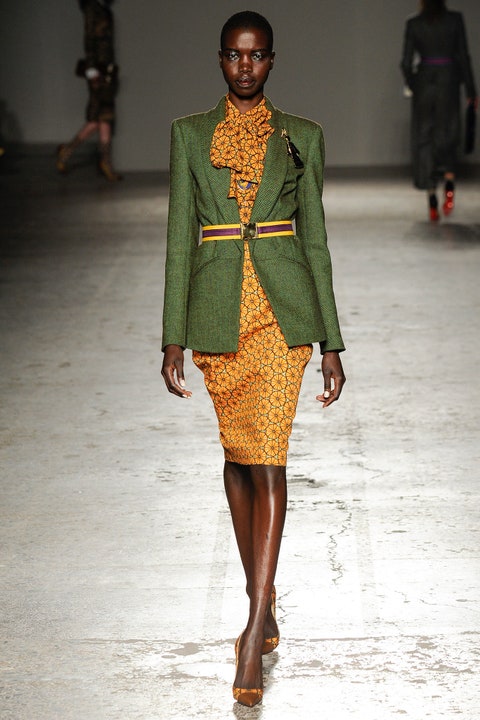[dropcap custom_class=”normal”] The Kaduna State Governor-elect, Nasir El-Rufai, has given an assurance that the incoming All Progressives Congress (APC) government is determined to revive all the collapsed textile factories in the state and other parts of the country as soon as it takes over power on May 29, 2015. [/dropcap]
Continue reading
Why are Textile Producers in Africa Really Struggling? By Alan Wheeler
[dropcap custom_class=”normal”] Large parts of Africa are beset with chronic economic and infrastructure problems together with corruption. Could the success of the used clothing industry be an obvious scapegoat or even a red herring? [/dropcap]
Bellafricana launches The Marketplace For Afrocentric And Handmade Products
[dropcap custom_class=”normal”] Bukky Bello who is the founder of Bellafricana shares with Bellafricana digest viewers the launch of an online marketplace for Afrocentric and Handmade products in Africa (starting with Nigeria her homeland) with the aim of promoting local content through the connection of local artisans, talents and creatives to the global reach. Let’s hear her story… [/dropcap]
The Story Of Kente Ghanaian Textile
[dropcap custom_class=”normal”] Kente Ghanaian textile is from Ghana, a country located in West Africa. Kente is a cloth worn by royalty. It is hand woven just like the Aso-oke (Nigerian textile) in wooden looms and is of very high worth. It comes in a variety of patterns, colours and designs, each of which have different meanings. [/dropcap]
According to Ghanaian mythology, Kente textile was first made when two friends watched how a spider wove its web. They created the Kente cloth by mimicking the actions of the spiders. It is said that this story, whether true or not, shows the harmony between Ghanaians and Mother Nature.
Looking back in the olden times, the Kente cloth is reserved for the Kings and is associated with royalty and sacredness. Even in recent times, it is worn only during important times. Though the cloth has widespread acceptance and usage it is still held in high esteem among the Akan tribe and the Ghanaians in general.
The Kente cloth is one of the most famous and wanted fabric in the whole of Africa. For the Ghanaians, this represents the history, philosophy, oral literature, religious beliefs, political thought and aesthetic principles of life.
Bellafricana Afrocentric Marketplace | Coming Soon
[dropcap custom_class=”normal”] Bellafricana is a marketplace where people around the world go to sell and buy unique Afrocentric and handmade goods. We are huge lovers of Afrocentric (made from Africa) and handmade products and services hence the reason we have created a platform to connect artisans, creatives, buyers, sellers and manufacturers. [/dropcap]
Meet The Founder Of Ty-Tys | Exclusive Interview
[dropcap custom_class=”normal”] The first time I was opportuned to meet Mr Bayo Ademiluyi (founder of Ty-tys) was at the Chevron (Afro-centric) bazaar. It was so random as one of the Bellafricana team had just posted an article about Ty-tys which caught my attention. Mr Ademiluyi is very jovial, down to earth and talented of course. I couldn’t help but interview him to hear the story of how Ty-tys came about. [/dropcap]
Gonja Cloth From Ghana
[dropcap custom_class=”normal”]The recognized capital of Gonja cloth making is Daboya, one of the oldest settlements in Ghana. Gonja cloth is made with cotton cloth strips of about four inches wide, joined together to make a large piece of cloth. [/dropcap]Continue reading
Aso-Oke Inspired Tie By Ty-Tys
Aso-oke has in recent times become more versatile in its use and is no longer limited to its traditional uses. The cloth is fast evolving into the fabric of choice for cutting edge fashion and trendy accessories in different countries and world regions.
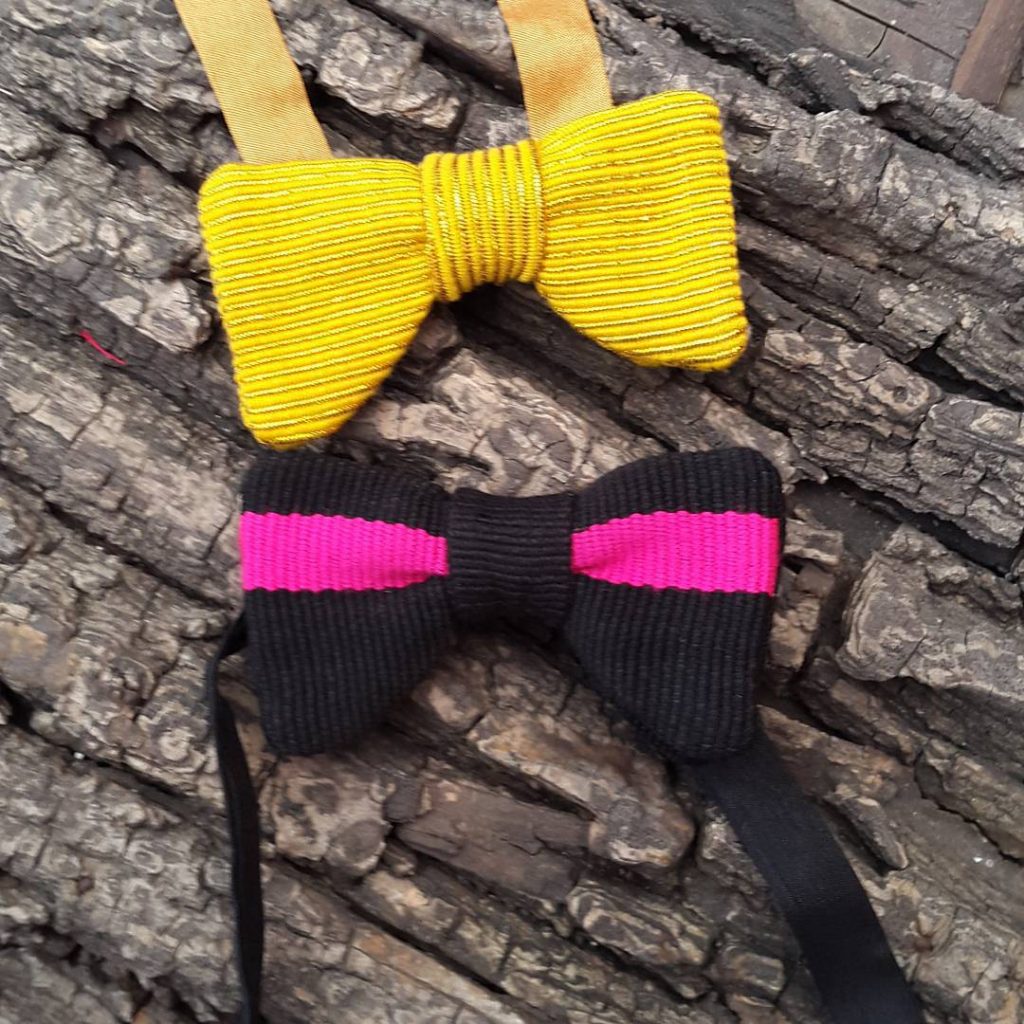
Ademiluyi did something creative with neckties! Instead of cotton or usual silk materials that ties are often made of, he decided to make ‘Aso-oke neckties’, a hand loomed cloth intricately woven predominantly by the Yoruba people, using techniques that were developed centuries ago and passed down through generations.

The Yoruba people are from Southwest Nigeria. With a population of over 30million, they are also found in many West African countries and diasporic communities all over the world. The Yoruba people wear Aso-oke fabrics sewn in traditional styles on special occasions such as weddings, birthdays or christenings. Ty-tys neckwear is hand made and can be customized to meet your needs.
Source: http://kemiogunniyi.wordpress.com/2012/08/06/fashion/
https://mariamtijani.com/aso-oke-trend-vibrant-stripes-season/
https://www.kemimobuse.com/2017/09/i-am-lawyer-by-profession-and-i-make.html
To reach Ty-Tys, call +234 805 054 0564 or email [email protected] or visit www.ty-tys.com
StellaJean 2014 Fall Collection
Since gaining the nods of some who are the masters in the fashion world, she hasn’t looked back. Stella Jean Fall’s 2014 collection was majorly inspired by Africa. This can be seen in her good use of the African Wax Print. 98% of the 30 piece collection had Ankara, if not the whole collection. The odd thing majorly about the collection is that there were few black or brown models. In fact, just 3 were on the catwalk wearing the outfits. It might have been subconscious. Also, her way of appealing and selling to more variety of fashionistas, be it white, brown, black or yellow. Anyways pretty soon like they normally do, the Ankara Wax Print might lose its African Identity, with the European laying claim to it one way or the other.
Source: https://www.vogue.com/fashion-shows/fall-2014-ready-to-wear/stella-jean
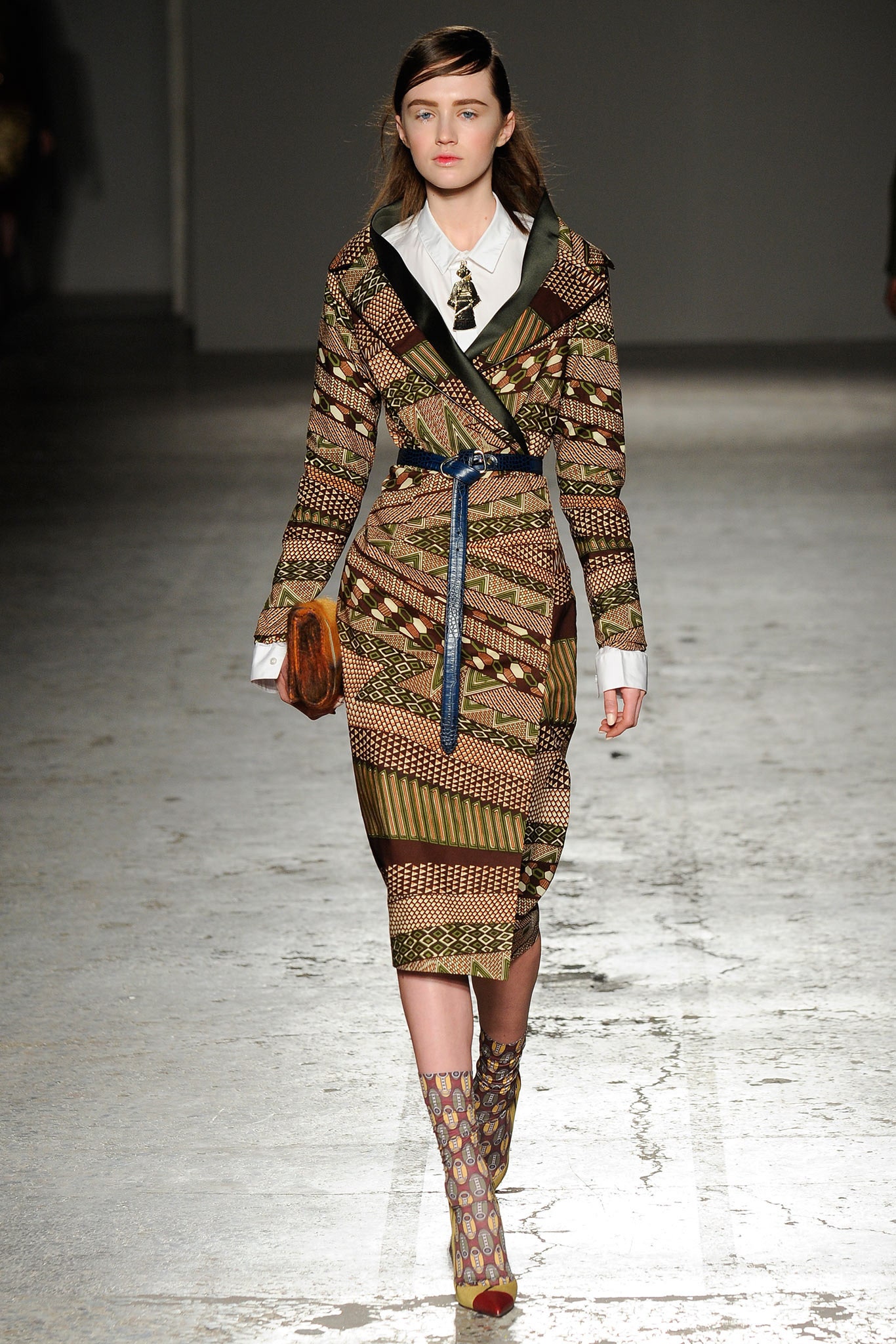


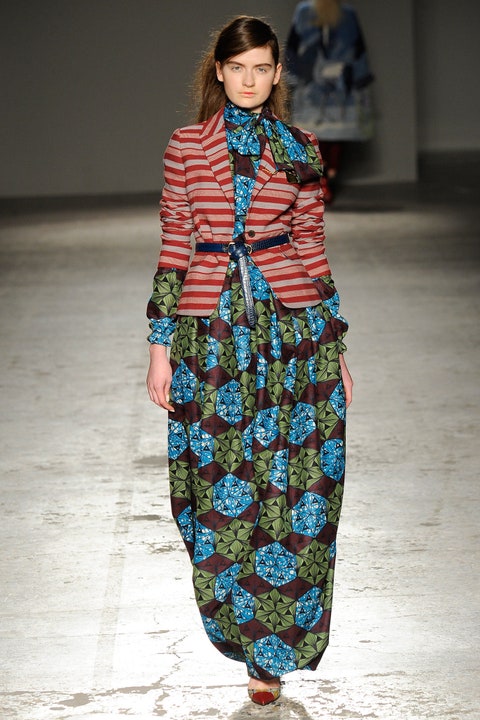

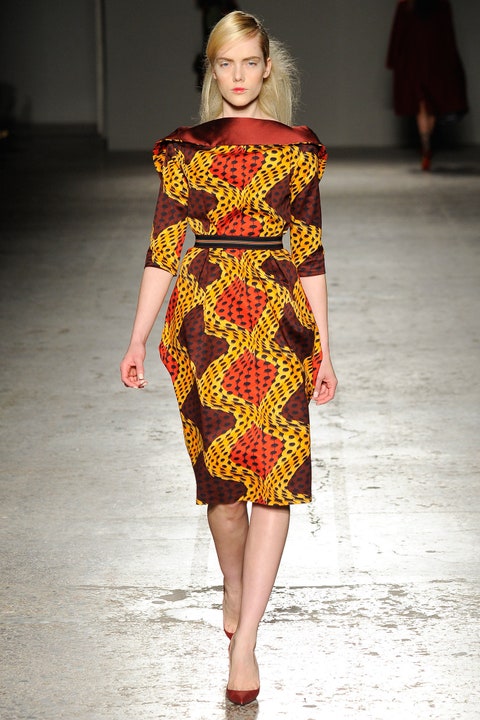
Kuba Cloth From Congo
[dropcap custom_class=”normal”]Kuba cloth is a hand-woven cloth made from the fib of Raphia Vinifera palm leaves. Kuba people of the Congo first hand cut, and then weave the strips of leaf to make pieces of fabric, often called raffia cloth.[/dropcap]
There are several different sub groups of the Kuba people. Each group has different and unique ways to make the fabric. Some make it thicker, longer, shorter, or with different patches. Each patch is symbolic and many times a piece has many different meanings.


